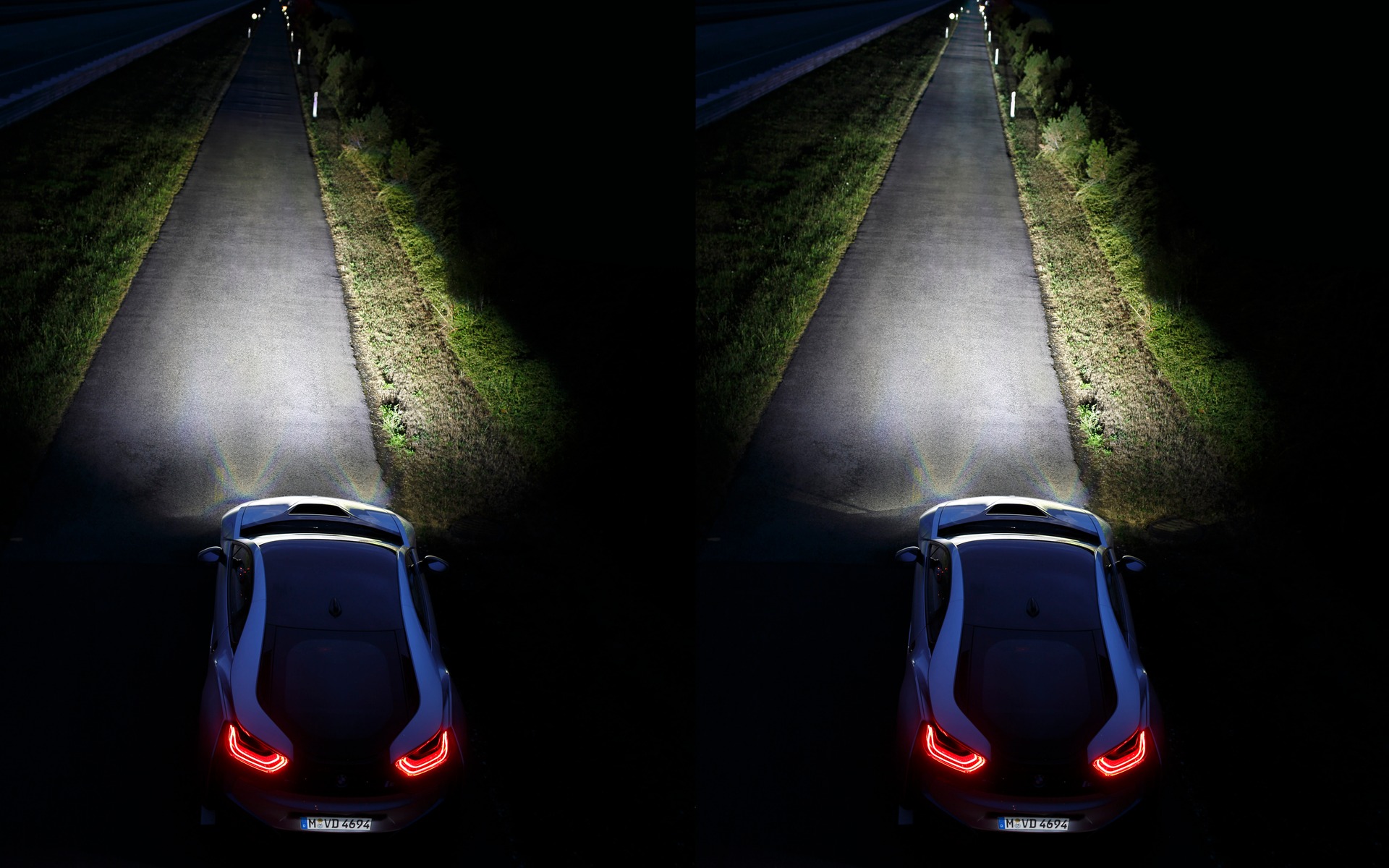The State of Headlight Technology
Several new headlight technologies have been introduced in the last few years. From the first H1 lamp marketed in 1962 (legalized in 1997 in North America) to the new laser headlights, manufacturers have come a long way in terms of lighting.
LED lights have been popular for several years now. These light-emitting diodes are very beneficial because they’re reliable, durable and offer better illumination than halogen lights. And manufacturers can do what they want with them, placing the LEDs however they see fit. Then again, this technology has a drawback: replacement costs are generally very high. Nonetheless, most 2016 vehicles feature LED daytime running lights.
European manufacturers have pushed the LED concept even further, making them adaptive. The lights adapt to absolutely everything, from ambient light to other vehicles. When a car equipped with this kind of technology crosses paths with another at night, the headlights adjust so as not to blind the oncoming driver. It makes daytime and evening running lights unnecessary. Unfortunately, this technology is still not legal in North America.
Laser headlights, with their phenomenal power, are another European concept. They allow drivers to see up to 2,000 feet ahead in total darkness. That’s twice the distance of the high-beams we’re used to! For political reasons, yet again, laser headlights are illegal in North America.
Canada maintains that it wants to accept international standards, but still doesn’t allow laser or LED adaptive headlights. This makes things difficult for manufacturers, who are forced to offer two different systems: one for the United States and one for Canada.







